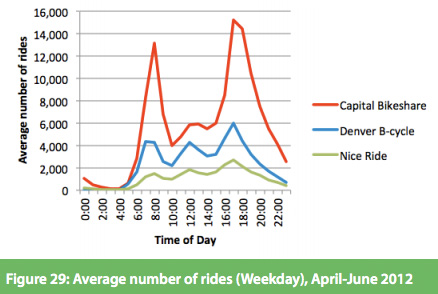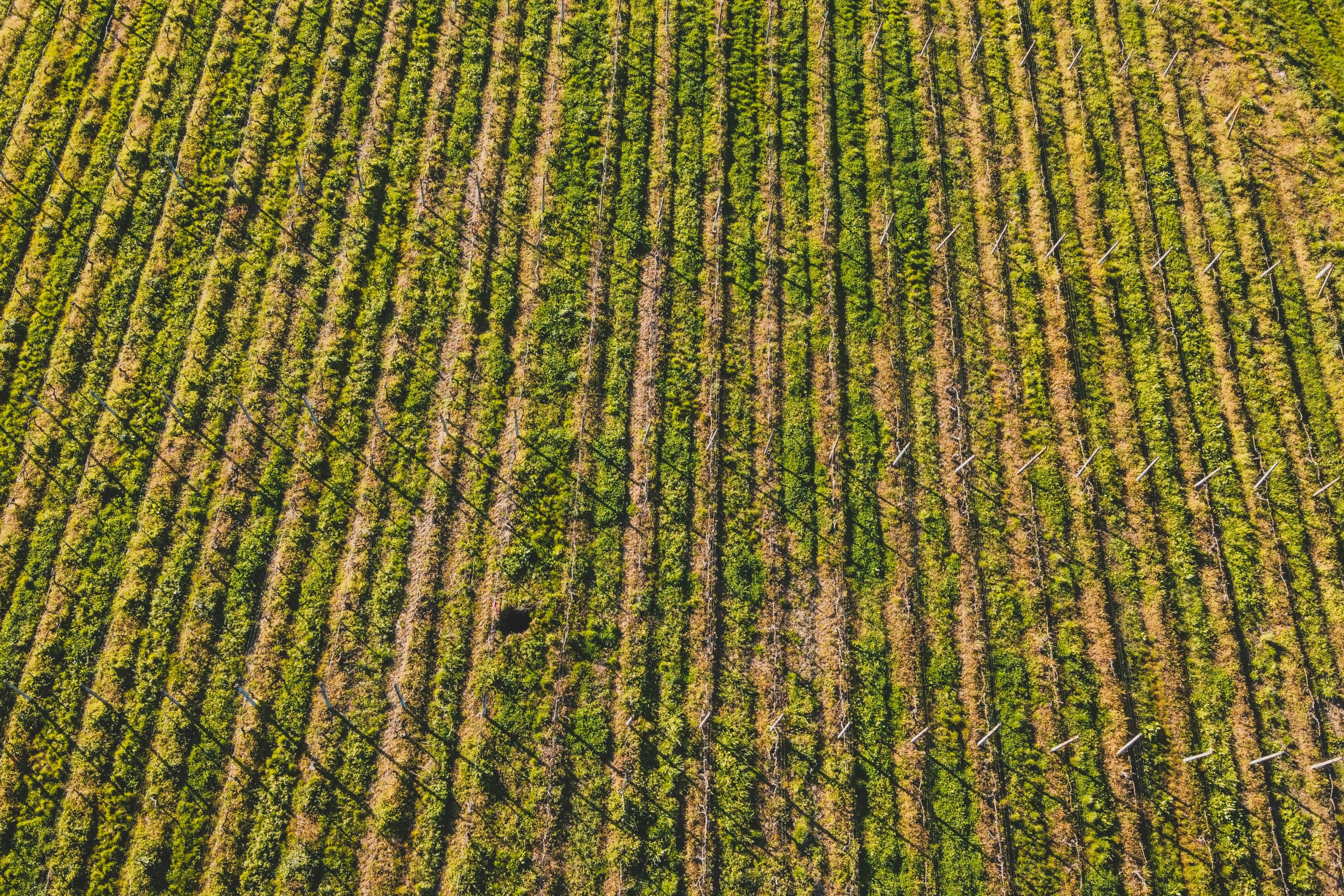The Federal Highway Administration has come out with a handy report [PDF] for communities thinking about getting into the bike-sharing game. Based on a study of 12 planned and existing bike-sharing systems from around the U.S., the report is intended to help explain the basics of bike-share and guide cities through the choices they'll face when launching a system. While the specific advice isn't exactly groundbreaking, the mere fact that the FHWA has produced the guide indicates that bike-sharing is becoming increasingly common in America.
In the report, FHWA offers guidance on topics from bike-share business models to station planning and implementation. It outlines typical costs per bike and per station, as well as pricing structures for bike-share members. The report also provides a useful guide to the potential sources of federal funding for bike-share systems. (Most systems rely on a combination of federal, state and local funding sources.)
All of the lessons collected in the report come from U.S. cities, not from the world's leading bike-share systems, which limits the document but perhaps makes the idea of bike-share seem more attainable to other American cities. Among the existing bike-share systems examined for the report, Washington DC's Capital Bikeshare is the largest, with about 1,700 bikes and 175 stations currently. By comparison, Montreal's Bixi has 5,000 bikes, and London's bike-share system has about 8,000.
Here's a look at what the FHWA is telling prospective bike-share cities.
On city characteristics:
- Having quality bike infrastructure in place helps, but you don't need it to have an effective bike-sharing system.
- Small systems can be successful even in low-density cities.
On safety:
- Helmet use should be encouraged, but it should be up to the individual to provide their own helmet.
- Crash rates for bike-share users have been low overall.
On running a successful system:
- Gaining strong political and financial support is a must.
- Bike-share stations work best in areas where there are mixed land uses, i.e. retail, office and residential.
- Higher use bike-share stations tend to be located in higher-density, walkable areas.
- Serving low-income and minority populations remains a challenge.
- Bike-share stations should be spaced no more than half a mile from each other. (Note that New York, which plans for its bike-share system to turn an operational profit, is siting its stations to typically be about 1,000 feet apart, or about a fifth of a mile.)






